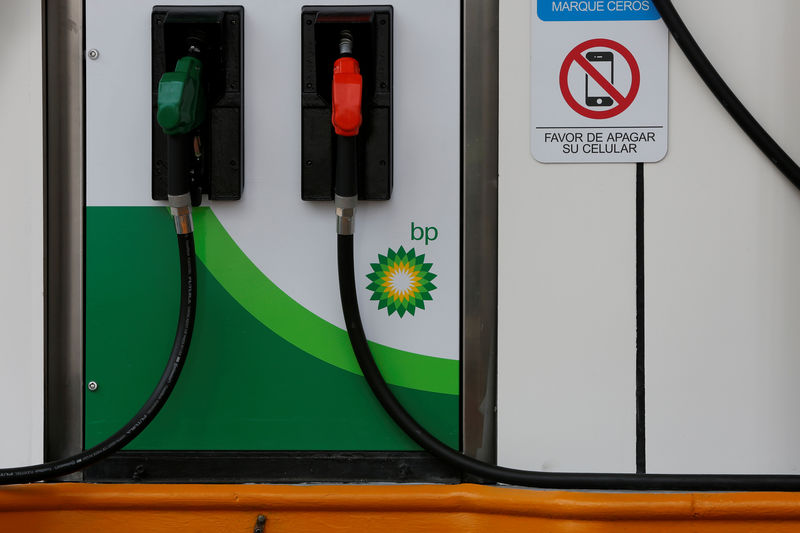By Florence Tan
SINGAPORE (Reuters) - Oil major BP (L:BP) plans to sell more U.S. crude to Asia as its shale oil production grows, seeking to capitalise on growth in the world's key demand region.
The strategy, outlined in a Reuters interview with company executives, follows BP's move to acquire giant miner BHP's (AX:BHP) assets in the United States' prolific Permian shale basin last year, expected to give its portfolio a boost in light-sweet crude production.
"This (Asia) is a key growth region" for energy demand, said Sharon Weintraub, BP's chief executive officer of supply and trading for the eastern hemisphere. She didn't specify BP's growth targets for Asia sales.
"We recently bought BHP's assets in our U.S. business so we have a greater amount of Permian crude coming to market over the next few years in terms of our equity portfolio," Weintraub said.
Zoe Anderson, head of analytics at the supply and trading, eastern hemisphere business, said, "The idea is, yes, we want to send (U.S. crude) supply here (Asia)."
BP has been actively shipping U.S. crude to Asia, having sold cargoes to Japan, Australia, Thailand and Vietnam as it jostles for business in the world's fastest-growing market with other giant producers and traders like Occidental (N:OXY), Trafigura, Royal Dutch Shell (L:RDSa), Exxon Mobil Corp (N:XOM), Chevron (N:CVX) and Aramco Trading Co.
BP ships a variety of light crudes to Asia, such as West Texas Intermediate (WTI) Midland and Eagle Ford, and medium-sour grades Mars and Thunder Horse.
More U.S. crude is being processed by refineries across Asia. It's replacing falling regional low-sulphur crude production, and some of the world's top crude oil importers, like South Korea and India, are expanding imports this year to replace sanctions-hit Iranian oil.
Sanctions on Venezuela, as well as Iran, have kept crude supplies in Asia snug, supporting Brent (LCOc1) at $60 a barrel. But new supplies of refined products, liquefied natural gas (LNG) and petrochemicals have hit the market just as trade tensions between the United States and China dent demand, weighing on prices this year.
"With a lack of confidence affecting things like trade flows that's going to extend downside risks in the short run till we see some resolution, which is still unclear when that's going to happen," Weintraub said.
BP is also expecting new LNG supplies from Indonesia, Africa and the United States to come online in early next decade, Weintraub said, a period where some analysts expect the market to tighten.
These supplies include BP's share of production in the Greater Tortue development offshore Senegal and Mauritania, Venture Global's Calcasieu Pass project in the United States, and Indonesia's Tangguh phase 3 expansion.
"LNG is a cyclical market and it happens to be on the weaker side today, and we do expect demand to potentially right-size itself," Weintraub said.
Longer term, Asia also features in BP's plans to cope with a gradual global shift away from oil and into cleaner energy sources.
BP said last month it would build a network of electric-vehicle charging hubs in China with Didi Chuxing, the country's biggest ride-hailing company, in a bet on the world's largest market for such cars.
